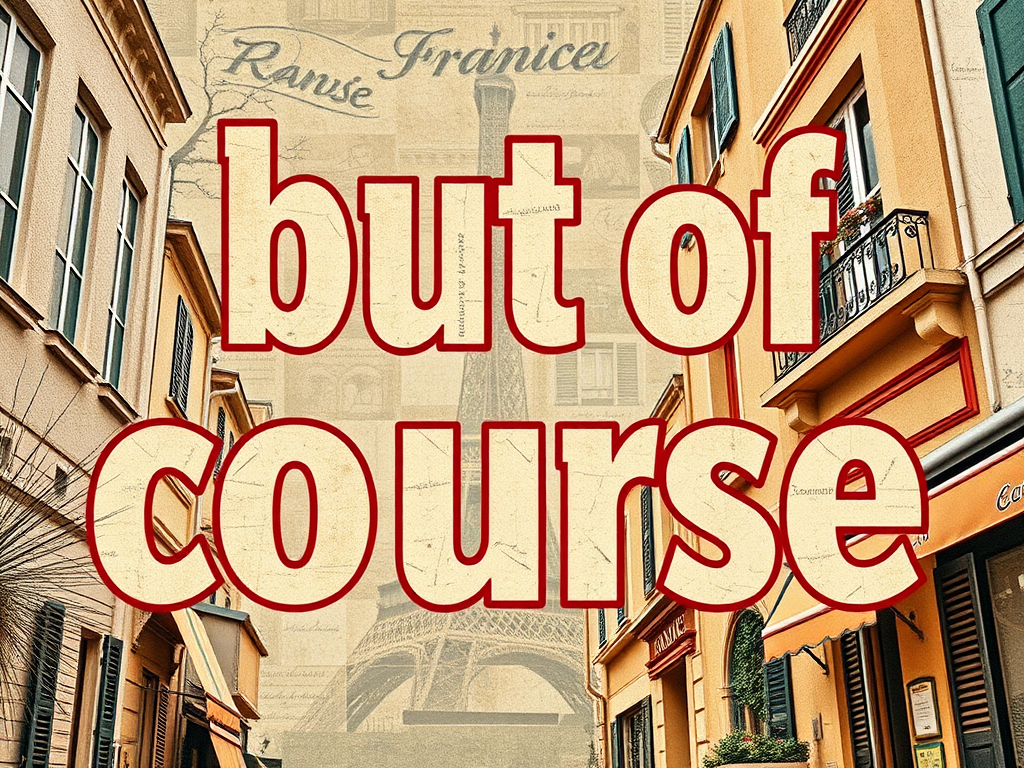Cute in French

The French language offers several ways to express the concept of "cute," depending on the context and level of formality. The most common translation is mignon (masculine) or mignonne (feminine), which can be used in both formal and informal situations. However, there are other options that can add nuance or suit specific contexts.
Common Translations for "Cute"
| English | French | Pronunciation (IPA) |
|---|---|---|
| Cute (general) | Mignon / Mignonne | /miɲɔ̃/ / /miɲɔn/ |
| Cute (informal) | Chou / Choue | /ʃu/ |
| Cute (very informal) | Craquant / Craquante | /kʁakɑ̃/ / /kʁakɑ̃t/ |
Using "Mignon" in Context
Mignon is the most versatile and widely used translation for "cute" in French. It can be applied to people, animals, objects, or situations:
- Ce chiot est tellement mignon! (This puppy is so cute!) 🐶
- Elle porte une robe mignonne. (She's wearing a cute dress.)
- Leur première rencontre était mignonne. (Their first meeting was cute.)
Remember to adjust the ending for gender and number:
- Masculine singular: mignon
- Feminine singular: mignonne
- Masculine plural: mignons
- Feminine plural: mignonnes
Informal and Slang Alternatives
For a more casual or affectionate tone, you can use:
Chou / Choue: This literally means "cabbage" but is used as a term of endearment.
- Tu es trop chou! (You're too cute!) 😊
Craquant / Craquante: Literally "crunchy," this slang term implies irresistible cuteness.
- Ce bébé est craquant. (This baby is adorable.)
Adorable: While not uniquely French, it's commonly used and understood.
- Ton nouveau chat est adorable! (Your new cat is adorable!) 🐱
By mastering these different ways to express cuteness in French, you'll be able to compliment and describe with more precision and flair. Whether you're cooing over a baby, admiring a pet, or expressing affection for a loved one, you now have a range of options to perfectly capture that "cute" quality in French.






